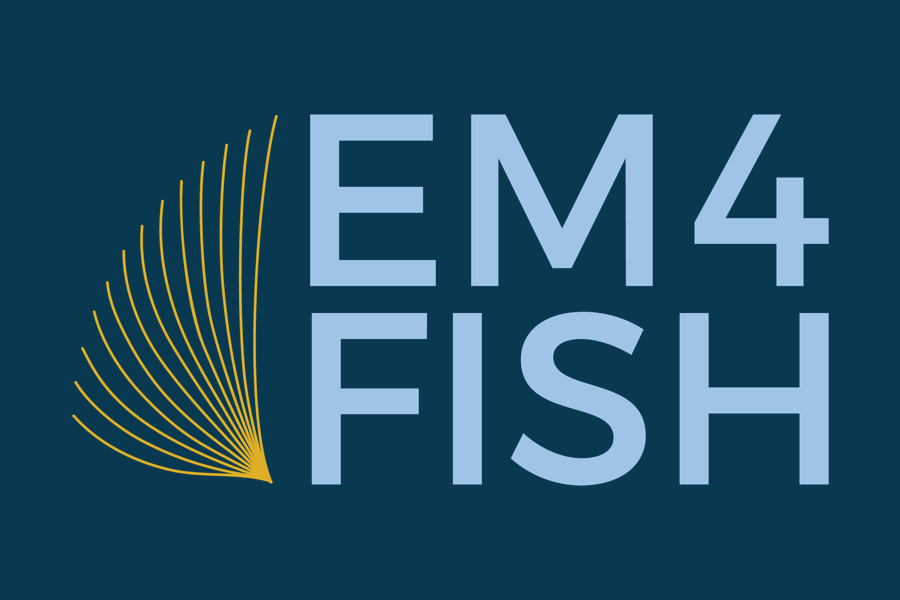SEAFOODNEWS.COM by Susan Chambers – April 22, 2016
The Pacific Fishery Management Council voted earlier this month to allow three West Coast commercial fishing fleets to employ camera-based electronic monitoring systems. Beginning in 2017, commercial fishing vessels can substitute cameras for human observers. This move is designed to simplify logistics, reduce costs and increase profits for fishermen.
As of 2017, the fixed-gear, shore-based whiting trawl and mothership catcher vessel fleets will no longer be required to carry human observers on fishing trips, as they currently do under the “full accountability” fishery management system that regulates these fleets.
“This is precedent-setting because it’s the first Council-authorized electronic monitoring system to move from pilot project to full implementation in U.S. waters for purposes of catch accounting,” said Shems Jud, pacific regional director for Environmental Defense Fund’s Oceans Program, in a press release. “The Council’s decision culminates several years’ worth of work by fishermen, the Pacific States Marine Fisheries Commission, Council staff and NGOs. This decision represents a watershed moment in fisheries co-management in this region, and may serve as a model for others.”
The National Marine Fisheries Service issued a policy directive in 2013 to “encourage the consideration of electronic technologies to complement and/or improve existing fishery-dependent data collection programs …,” according to the directive. Fisheries in other parts of the U.S., particularly ones in which the costs of human observers are high, have been exploring the use of EM systems. The West Coast program could be a model for implementation in other U.S. fisheries, according to the press release.
Some 26 vessels in the groundfish fishery have been testing the EM systems on the West Coast since 2015 under exempted fishing permits. The total number of vessels eligible to carry cameras based on this decision could be as many as 45.
West Coast groundfish trawl fleets have been operating with 100 percent observer coverage since the groundfish catch shares program launched in January 2011. Logistical challenges, uneven availability of observers and shoreside monitors, and high observer costs shouldered by fishermen have been a significant source of frustration among the fleet.
Under the “optimized retention” approach adopted by the Council, fishermen’s logbook entries will be the primary data
source, and they will be checked against the videos by authorized third parties.
“What this decision does is transfer responsibility for catch accounting from the federal government to vessel operators, where it should be,” said Heather Mann, executive director of the Midwater Trawlers Cooperative, an
Oregon-based organization representing 18 whiting vessels. “Skippers will use their logbook to track their catch, and electronic monitoring is there to verify that their logbook is accurate. This decision is a long-overdue acknowledgement that West Coast groundfish fishermen are responsible stewards of their fishery.”
On the West Coast, the West Coast Region’s electronic technology implementation plan also includes options at-sea EM programs for the swordfish fishery and identified potential needs or uses in the sardine and salmon troll fisheries with regard to electronic fish tickets.
Council action for groundfish bottom trawl vessels will take place in 2017. Some of these vessels have been operating under EFPs as well.
“Along with vessels, shoreside processors also are investigating the possibility of EM to ease the regulatory burden for seafood processing plants,” West Coast Seafood Processors Association Senior Policy Adviser Rod Moore said.
Under the trawl catch shares program, shoreside monitors are required to monitor the offloads. Oftentimes, the vessel observer also acts as the shoreside monitor when the vessel unloads. But as more vessels move to EM, hiring shoreside monitors for remote ports is costly.
(Reprinted with permission, Seafood News)

